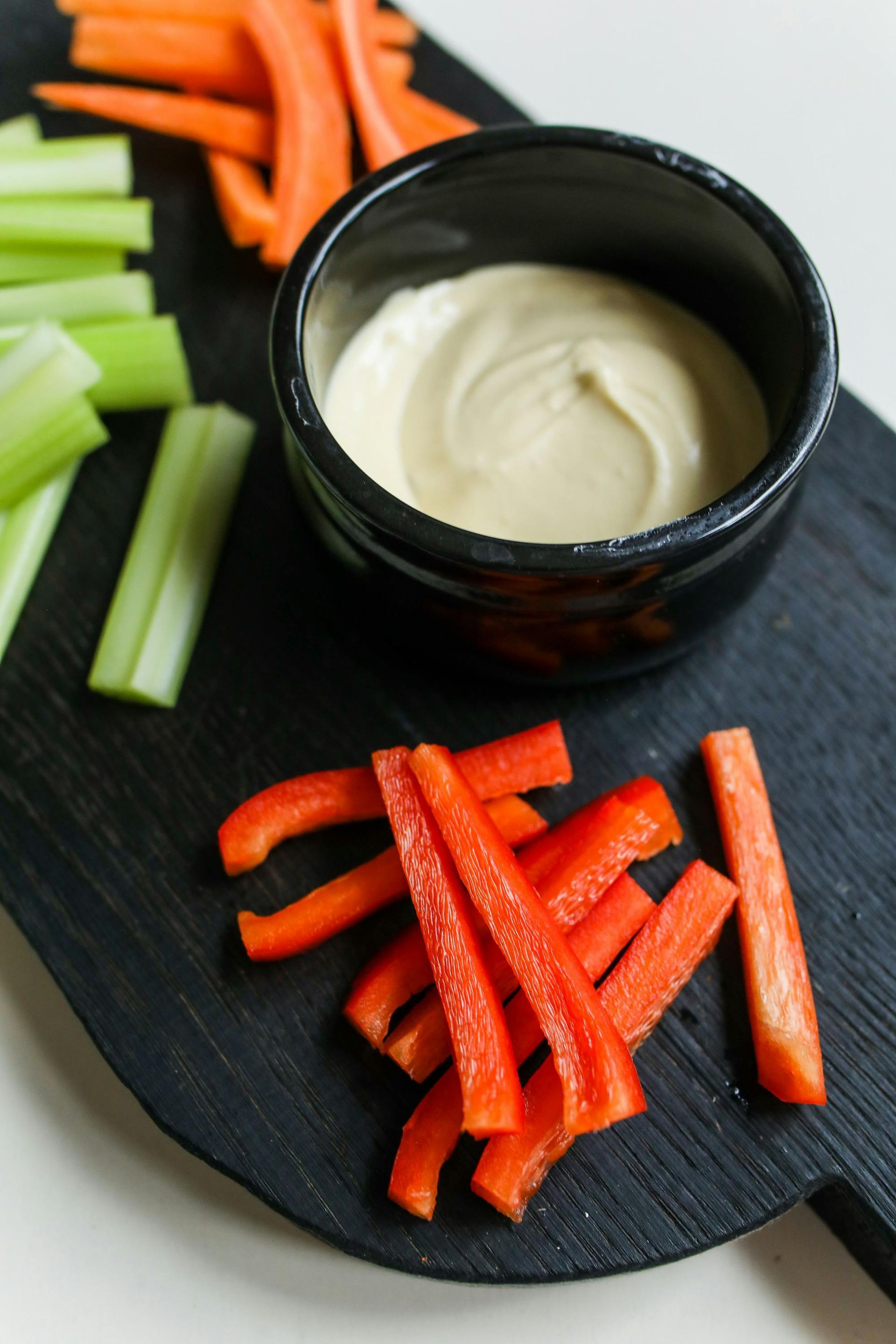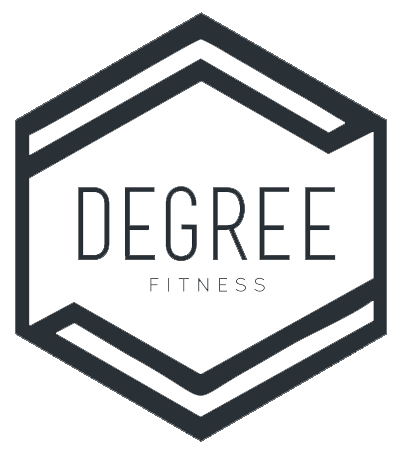Stretching Before & After Snow Shoveling
Written By: Coach Loni
Do you dread shoveling snow during the winter months?
Yep, I definitely have felt the struggles. One thing that I have learned and ensured that I do is to STRETCH! I stretch before and after a good snow shoveling session.
Typically after shoveling we can get stiff, sore, or even hurt our lower back. So what can you do to decrease that discomfort?
Some effective warm up stretches to perform are the following:
Alternating Knee Hugs - This can be done standing or laying down and hugging in one knee at a time with a small hold of 2-3 seconds, alternating each leg. Do 5 each side.
Torso rotations - Standing with feet farther than shoulder width apart, create a 90-degree bend in both elbows and raise to shoulder height, slowly rotate to your range of motion, rotating left and right and perform 5 reps with control on each side. Take these nice and slow!
Good Mornings - Placing both hands back at the base of your skull (really open up the chest here). have a soft bend in your knees and feet hip width apart. Simply bend or hinge forward sending your glutes, to the back of the room. Go only until you feel the tightness, typically in your hamstrings. Try to get your torso parallel to the floor (If you are too tight, this may not happen and that's ok). Try doing 10 of these, taking it nice and slow.
Some effective cool down stretches to perform are the following:
Knee Hugs - Laying on the ground, hug both knees in and using the palms of your hands create a circling motion in one direction for around 30 seconds, then opposite direction for another 30 seconds (or approximately).
Downward Dog - Starting in a push up position or plank position, your hands should be shoulder-width apart and spread your fingers out wide. Press your hands into the mat or floor and gently tuck your toes under and take a deep inhale. Then keeping your hands pressed into the mat, exhale deeply, lifting your knees off the floor and straightening your legs as much as you can. Check out this clip from our very own Head Coach Kelly.
Runners Lunge - Begin in a plank position with hands directly below shoulders. Step your right foot forward to the outer edge of your mat next to your right pinky finger. Relax through your hips and back, letting them sink toward the ground. Breathe and hold for 30 seconds. Switch sides.
We may not want to shovel all the white stuff, but it’s another great way to get in some outdoor activity! Be prepared with good outdoor wear and do some or all of these stretches and make it a good workout!!!
Reach out to loni@degreefitnessseaforth.com if you are interested in other variations of stretches, or to book your FREE No Sweat Intro to learn more about how Degree can help you be your happiest and healthiest self!



